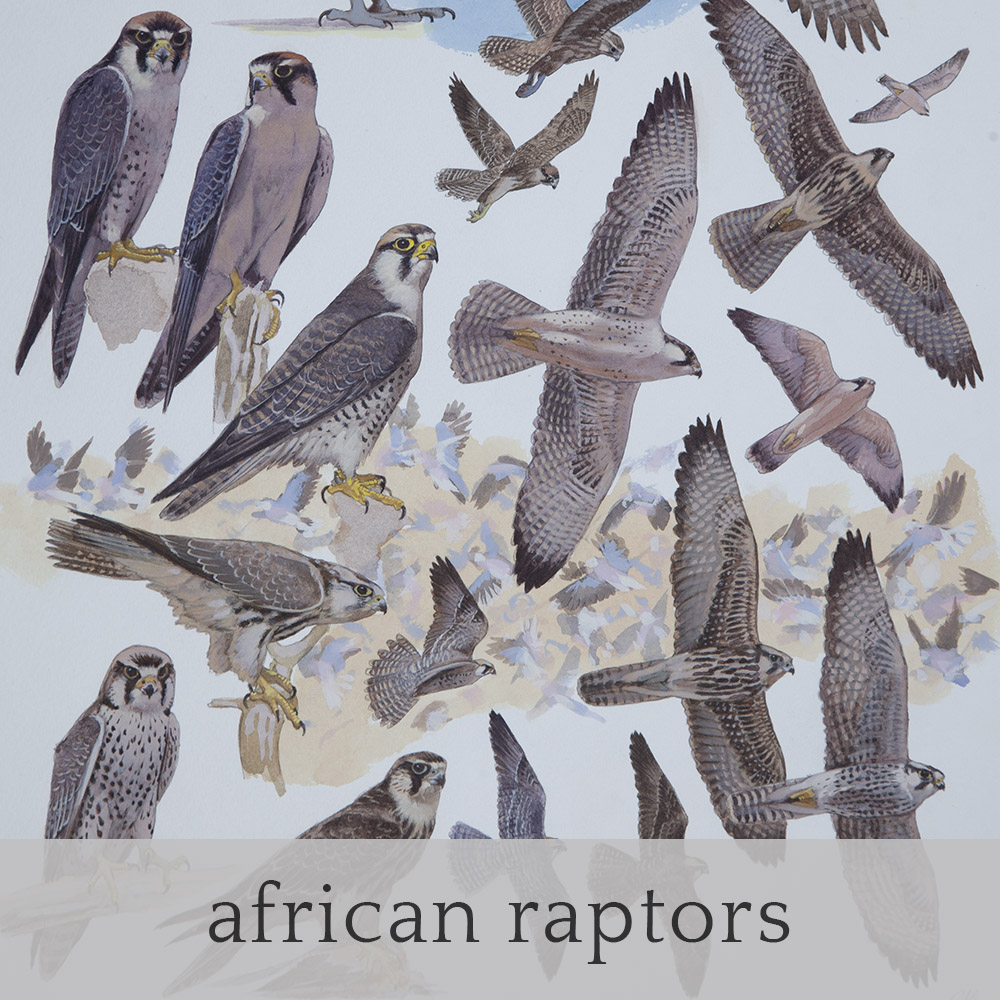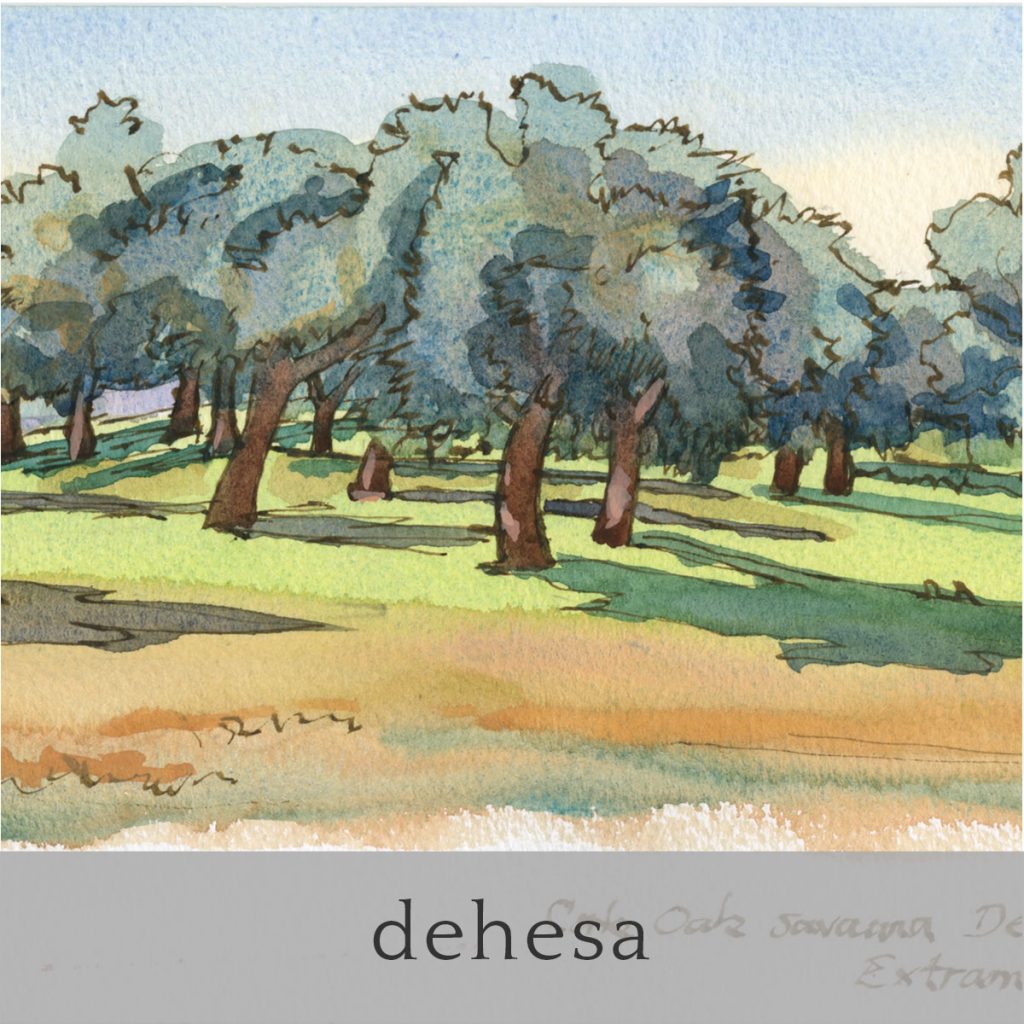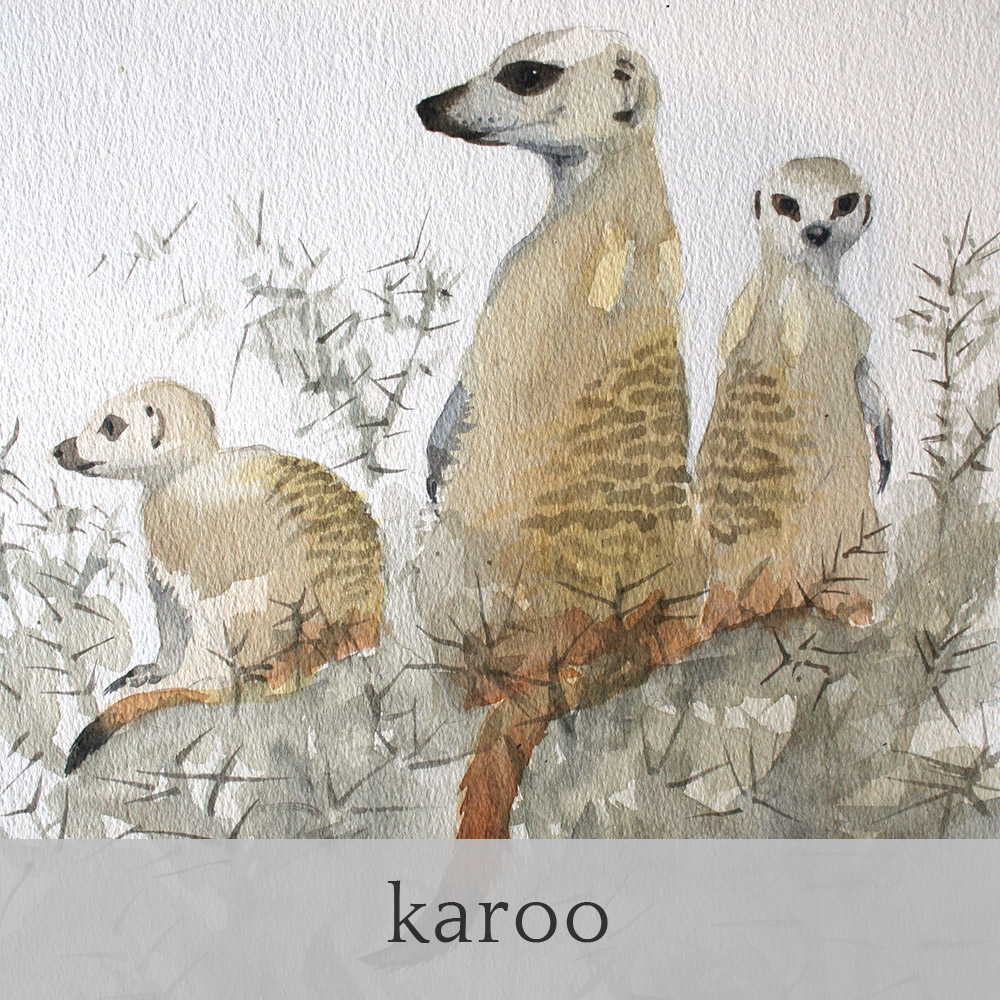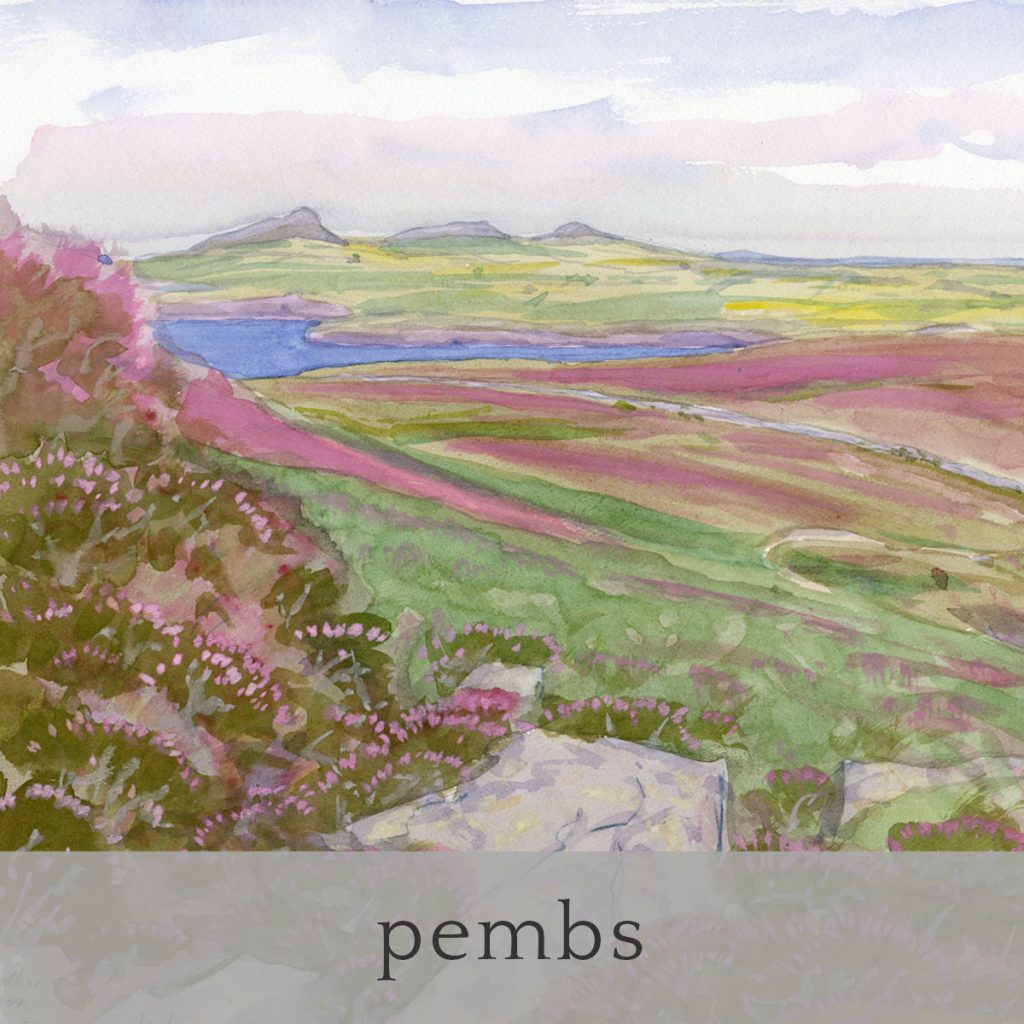
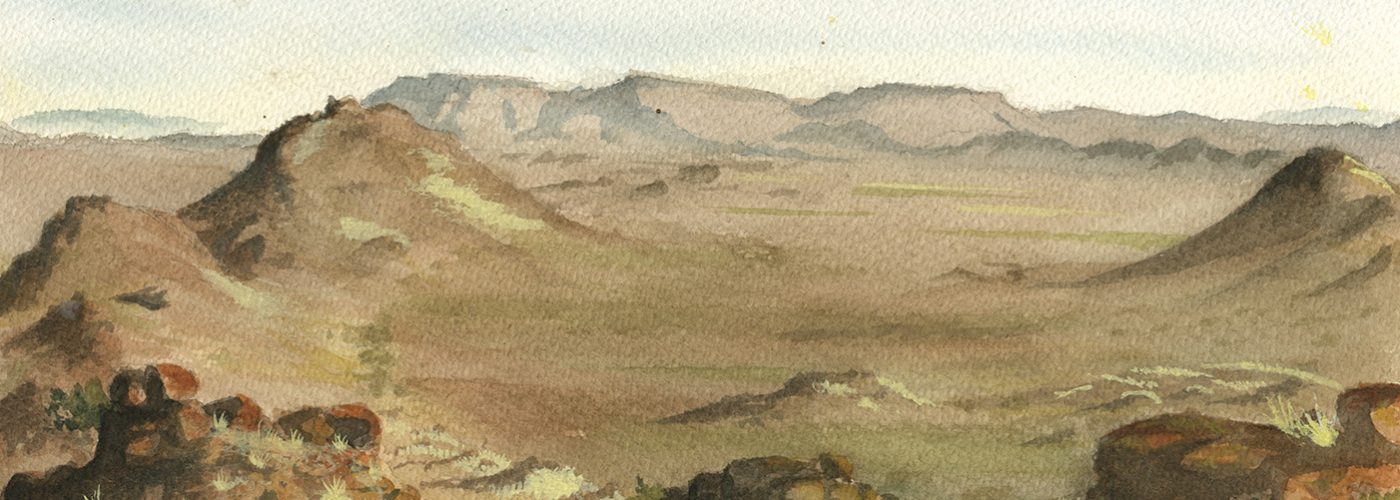
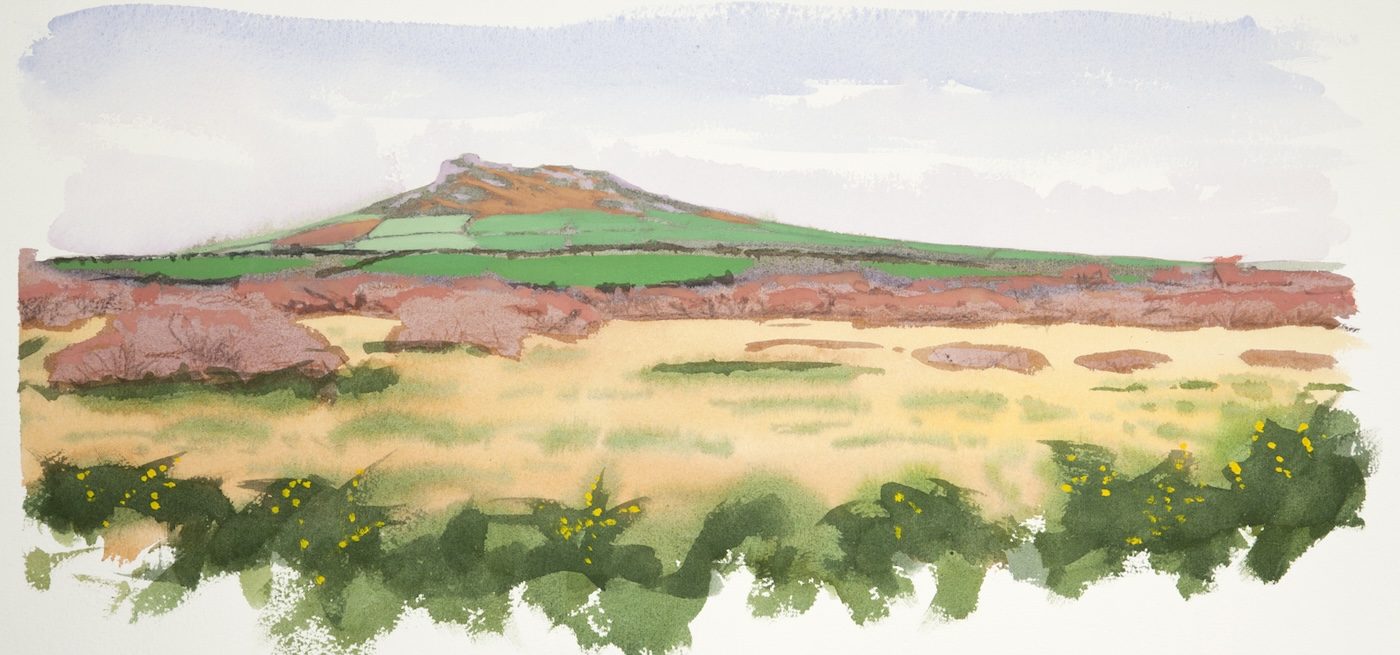
Discovering a passion for conservation
My story in conservation started on Penberi hill on the St David’s Peninsula in Pembrokeshire, where Peregrine Falcons held out during the years of persecution and DDT. My first sighting of these supreme birds as a youngster set me on my life course, working for their conservation (we are currently caring for one of the Penberi birds injured in a collision). I was also lucky to grow up with my family in Africa, who exposed me to the magnificent wildlife there on holidays to the game reserves.
“There were many, many adventures while living in Africa… It was my dream come true.”
Exploring Africa
So, it was a natural move to go out to Africa in 1981, and I spent twenty years exploring all corners of this vast and exciting continent.
There were many, many adventures while living in Africa. Whether it was dangling from a tree over the Nwanedzi River in Kruger Park collecting Fish Eagle eggs to study pesticide contamination, painting the ecosystem at Lake Nakuru for a WWF information centre, rehabilitating a Martial Eagle from a windmill in the Karoo while studying sheep, or hand-raising a baby Black Eagle called Samburu. It was my dream come true.
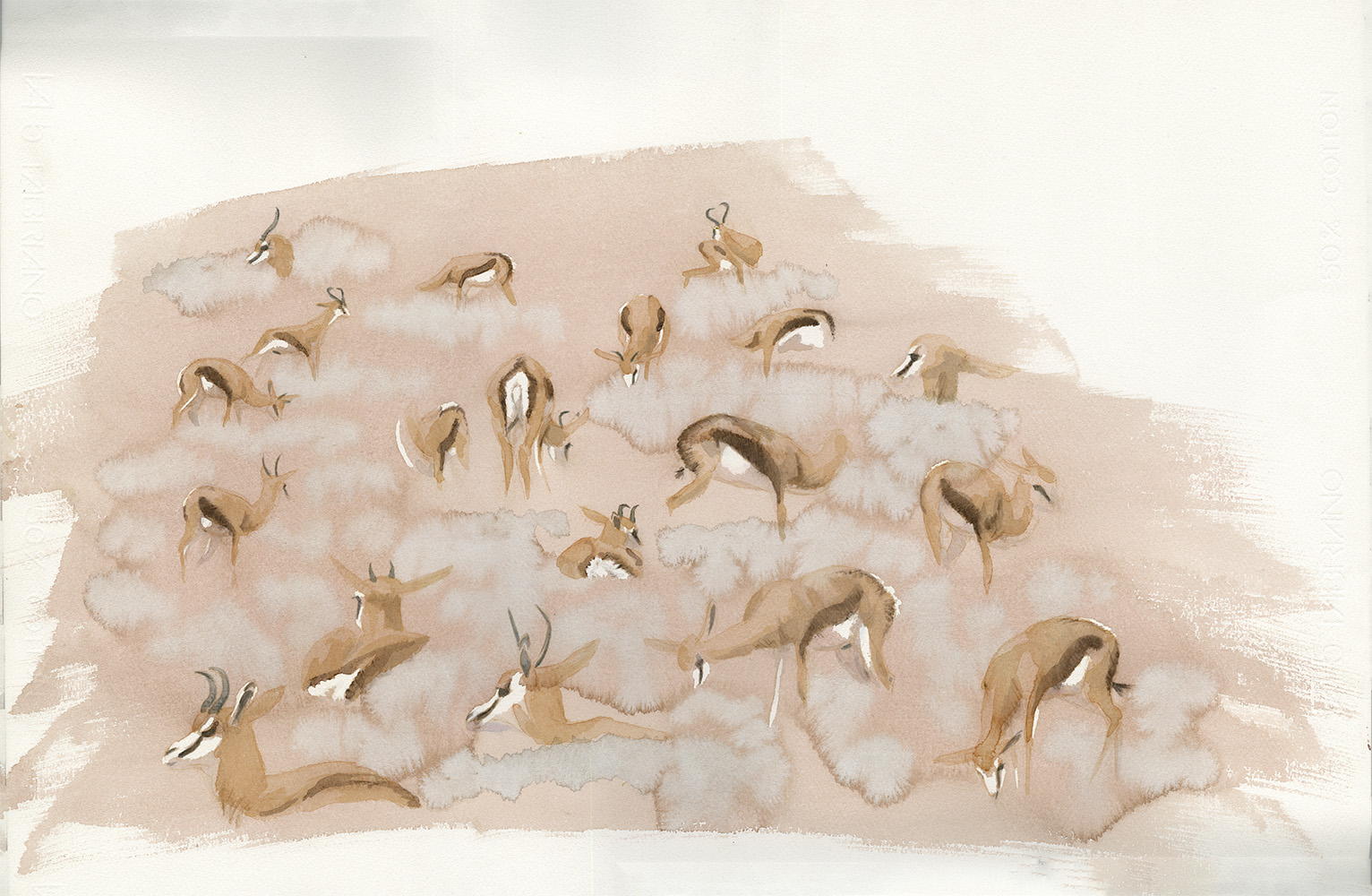
“Suddenly, I could view the conservation problems as if from the air, and often found neat geographic solutions to help people live alongside wildlife.”
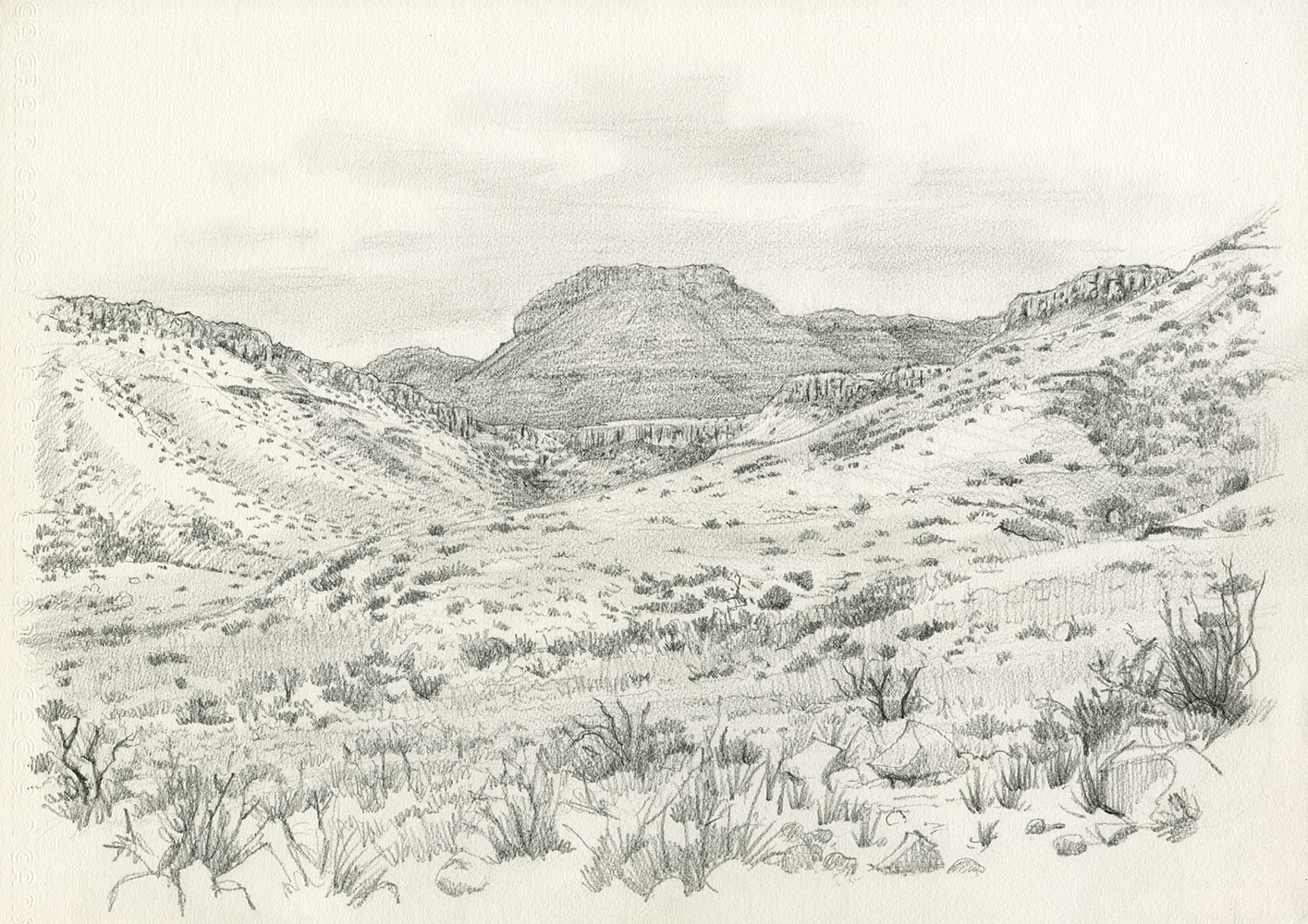
Inspired by the possibilities of GIS
During my studies on eagles in the Karoo, I got into mapping, computer mapping, or Geographic Information Systems GIS as it is known. At that stage, heading down the scientific route, I was inspired by this technology. Suddenly, I could view the conservation problems as if from the air, and often found neat geographic solutions to help people live alongside wildlife.
It was a field I got to know well, and it kept me employed much of my life, culminating in my own GIS lab called Habitat Info, a consultancy run out of Rookwood Studios at Llanunwas. It began with mapping the potential connections between the massive protected areas in Africa. I was fortunate to work on this with Professor John Hanks of WWF and the Peace Parks Foundation, an initiative of Dr Anton Rupert in South Africa.
“…I found a wider use of the GIS to help people adapt to the ravages of climate change across southern Africa, where extreme weather can cause floods or crop failures…”
Our success stories
Their first success was the Kgalagadi (Kalahari) Transfrontier Park, allowing tourists to travel more widely across Botswana and South Africa. I was also involved in an NGO dedicated to conserving birds of prey across Africa, and it was gratifying to work with the farmers and bring back the Bateleur Eagle to Northern Cape farmland for the first time in over 100 years.
As a fundraiser, we hosted the first international film festival on birds of prey in Johannesburg. We invited the World Conference on Birds of Prey to meet in Midrand, South Africa. Later, with my friends at OneWorld in Cape Town, I found a wider use of the GIS to help people adapt to the ravages of climate change across southern Africa, where extreme weather can cause floods or crop failures, and these ‘people projects’ became the main work of Habitat Info.
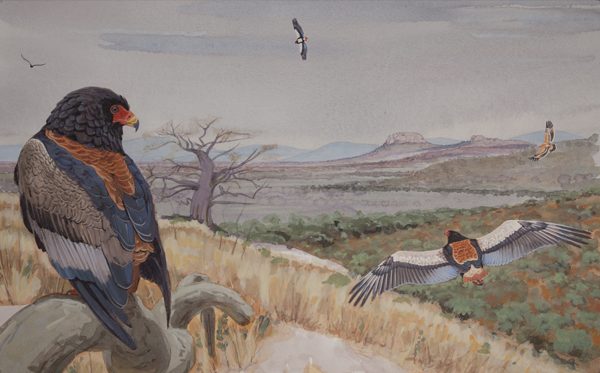
“Again, there were geographic solutions that allowed local authorities to develop while preserving the best of our biodiversity.”
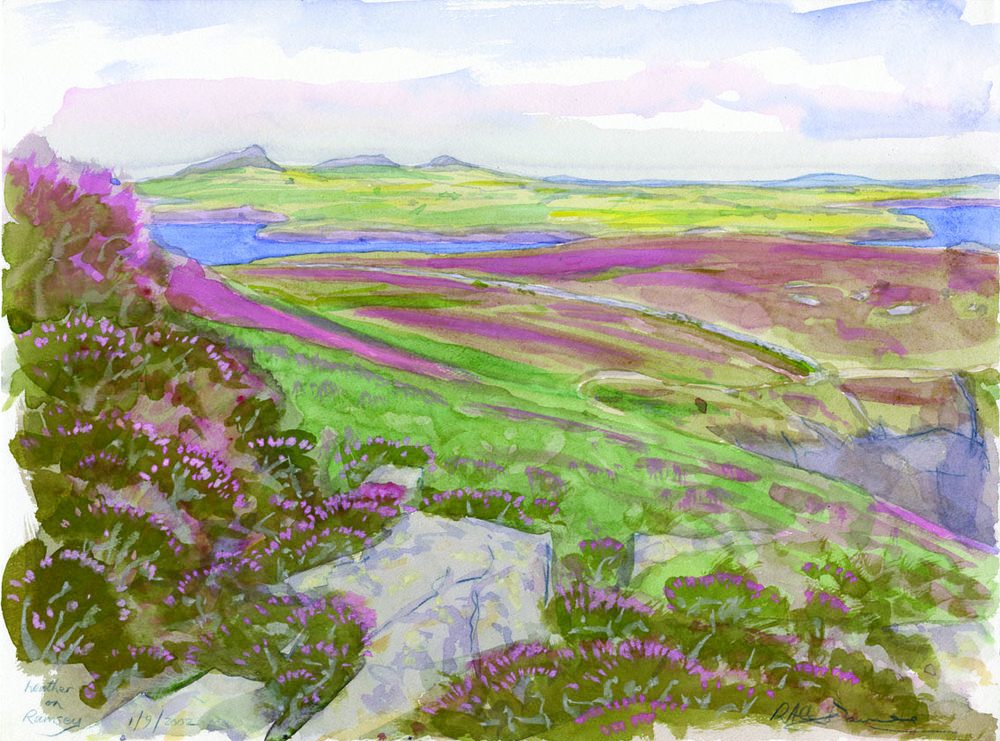
Returning home to Wales
In 2001, I returned to my homeland in Wales to be with the family and to form a plan for our Pembrokeshire farm, Llanunwas. I thought it would be easy to come home, but for a while, I seriously thought it must be a different sun, as it was such a contrast. It took a bit of adjusting, but I found that I could do the same work here in Wales, just on a slightly different scale.
I was lucky to be involved with another bird of prey NGO working to stop the persecution of raptors on Malta and grouse moors. Then, I found an obvious application of GIS methods, establishing the fourth biological records centre and completing the coverage for Wales. Again, there were geographic solutions that allowed local authorities to develop while preserving the best of our biodiversity.
“Up to 80% of vulture populations have collapsed in Africa in the last few decades from intentional and unintentional poisoning.”
A focus on raptors
I hadn’t finished with African raptors, though. With the help of Andrew Rayner, Tim Wroblewski (who now continues the mapping projects through TACP in Cardiff) and Simon Trice, we developed a citizen science project involving a pioneering mobile app for recording raptor sightings. We gathered 600 observers across the African continent and soon generated a database of where the birds lived.
At the top of their food chains, Raptors are clear indicators of where healthy ecosystems still exist and can be protected. In the case of vultures, this need is acute. Up to 80% of vulture populations have collapsed in Africa in the last few decades from intentional and unintentional poisoning. We produced a map of the habitat strongholds for vultures across Africa, where conservationists can focus their efforts to save these birds.
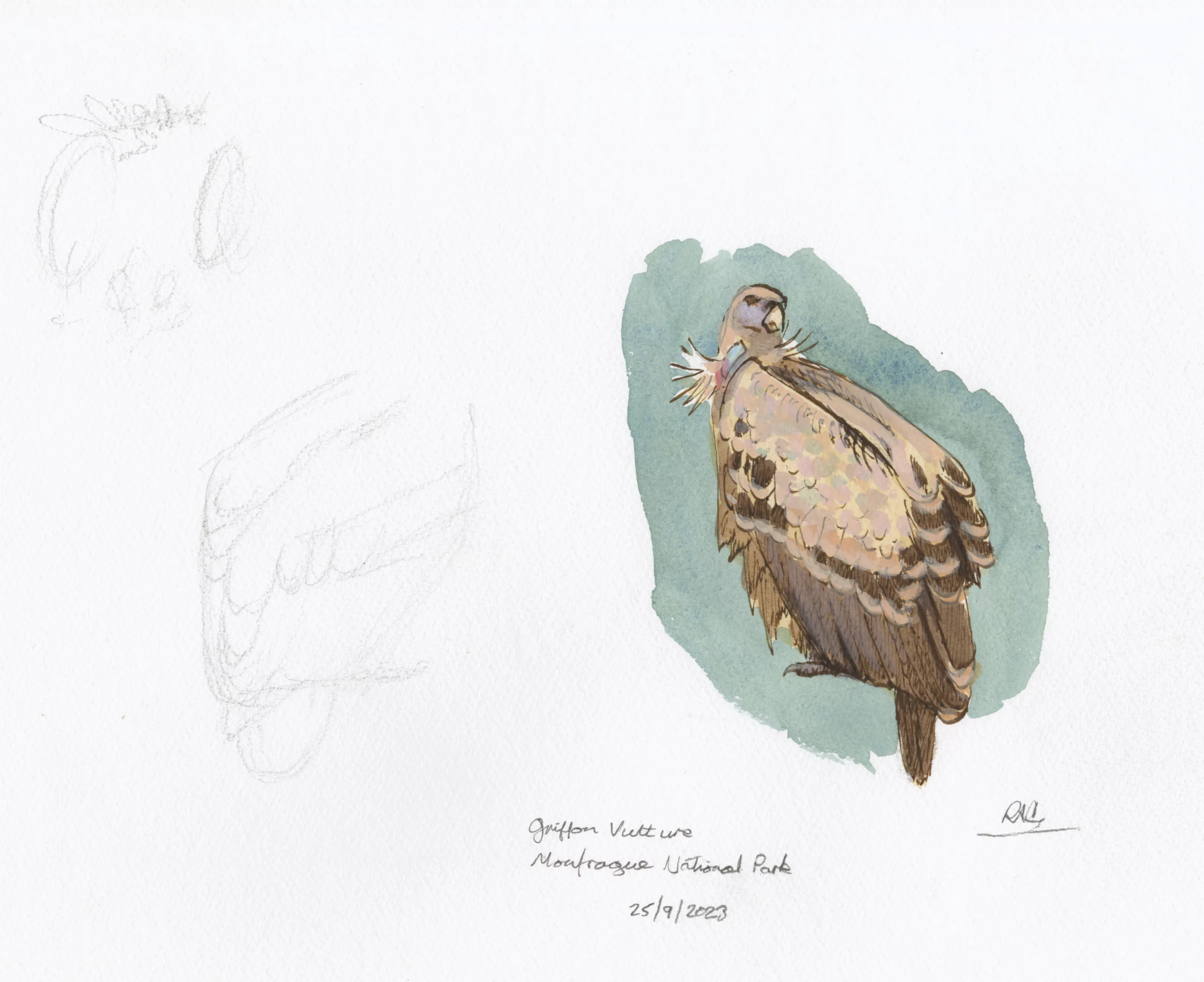
“…’Why stop at Africa? Let’s go global!’.”
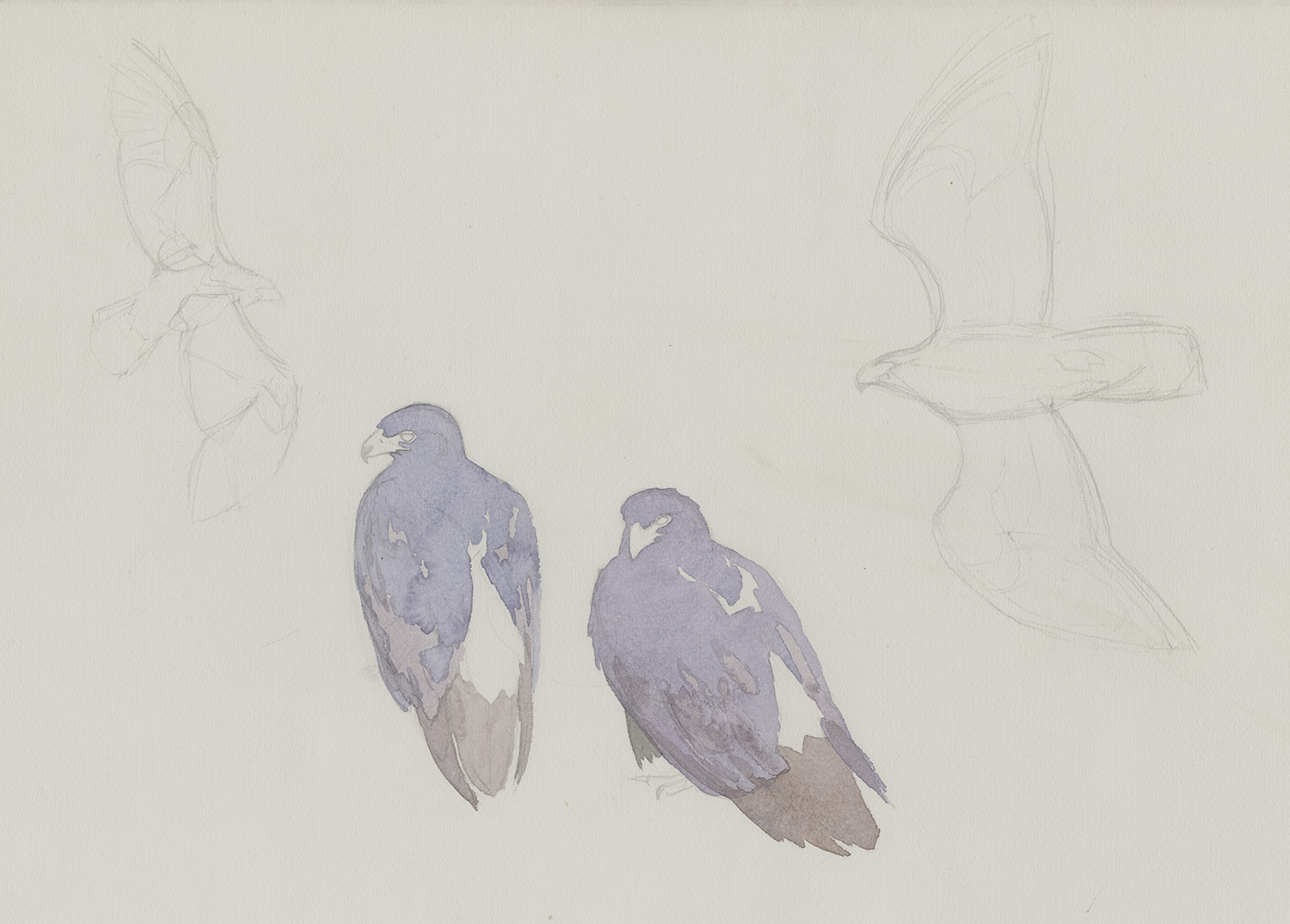
The African Raptor Databank project
The Peregrine Fund supported our African Raptor Databank project from the start. When other agencies told me Africa was too big, ‘you have to choose a smaller area for the project’ (!) The Peregrine Fund said, ‘Why stop at Africa? Let’s go global!’
And so, our project has grown into a mobile app available in five languages, with data coming in from all over the world. All of these projects, which started with Habitat Info, are now being run very capably by my friend and colleague Tim Wroblewski, who was with them at the outset. Anyone interested in these conservation and mapping projects can contact Tim at TACP in Cardiff.
Publishing a book on African Raptors
I had the good fortune of meeting Bill Clark, author of many raptor identification books, at a raptor conference in Berlin, and he invited me to co-author a field guide on African raptors commissioned by Croom Helm, Bloomsbury. Illustrating all the African diurnal birds of prey took me longer than I expected. After many adventures together across the continent, we managed to get our book published in 2018.
There are still a few original plates left to purchase, and I am glad to direct 10% of the sales of these and prints as a thank you to The Peregrine Fund, African Raptor Program, for all their help over the years and ongoing good work. The plate featuring the African Fish Eagle and Osprey was donated to raise funds for the Raptor Working Group at Endangered Wildlife Trust.
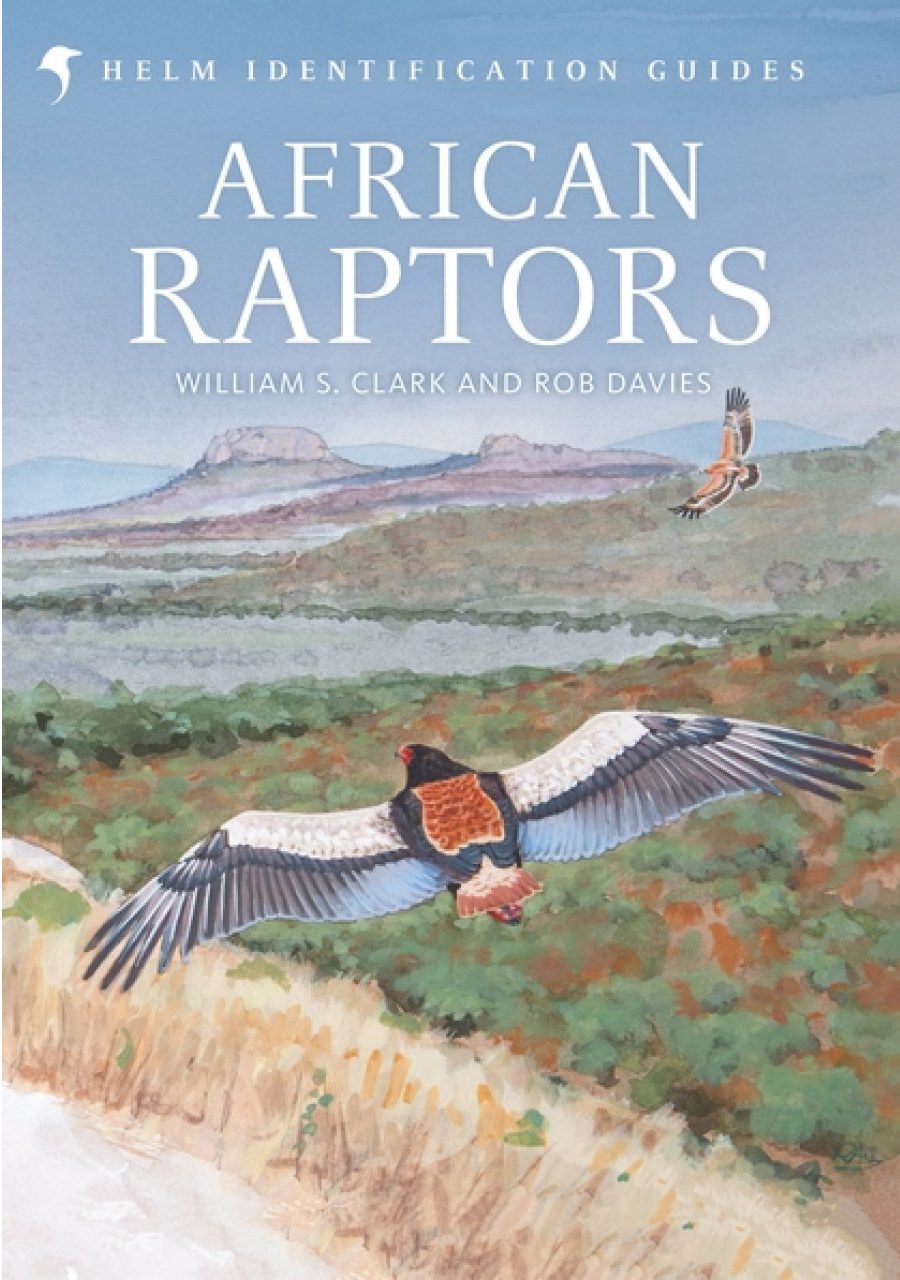
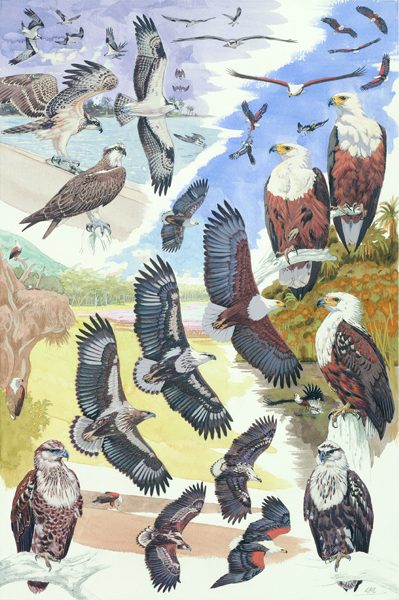
“The human health cost of losing nearly all vultures across India ran into billions of dollars over twelve years.”
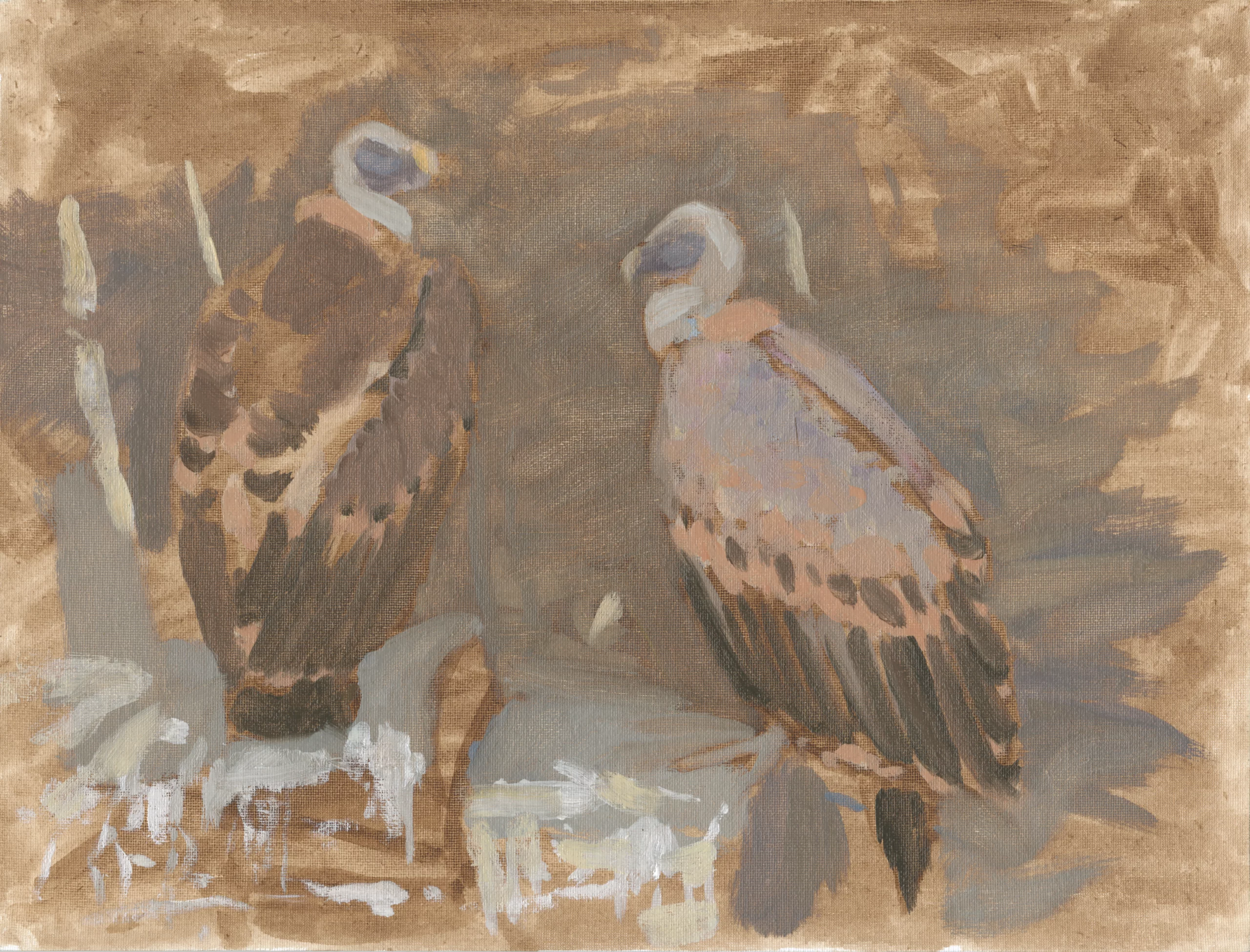
Protecting vultures today
Of all African raptors, vultures are the most threatened today. In some parts of Africa, populations have crashed by more than 80% of their former numbers due to poisoning. Yet they are essential to our ecosystems, clearing up carcasses and preventing the spread of diseases and harmful insects like blowflies.
The human health cost of losing nearly all vultures across India ran into billions of dollars over twelve years.
Contributing to vulture conservation projects
So I am thrilled to be able to send 10% of the proceeds of sales on Karoo artworks to a vulture conservation project in the Karoo and 10% of the proceeds of sales on Dehesa artworks to the Vulture Conservation Foundation to help fund ‘vulture restaurants’ along the Spanish / Portuguese border.
In September 2023, Amanda Squire and I travelled through the cork oak savannas of this region. It is a rich habitat for wildlife and one of the few places on earth where human land use practices favour large wildlife species. These rare ‘Edens’ need flagging up as success stories.
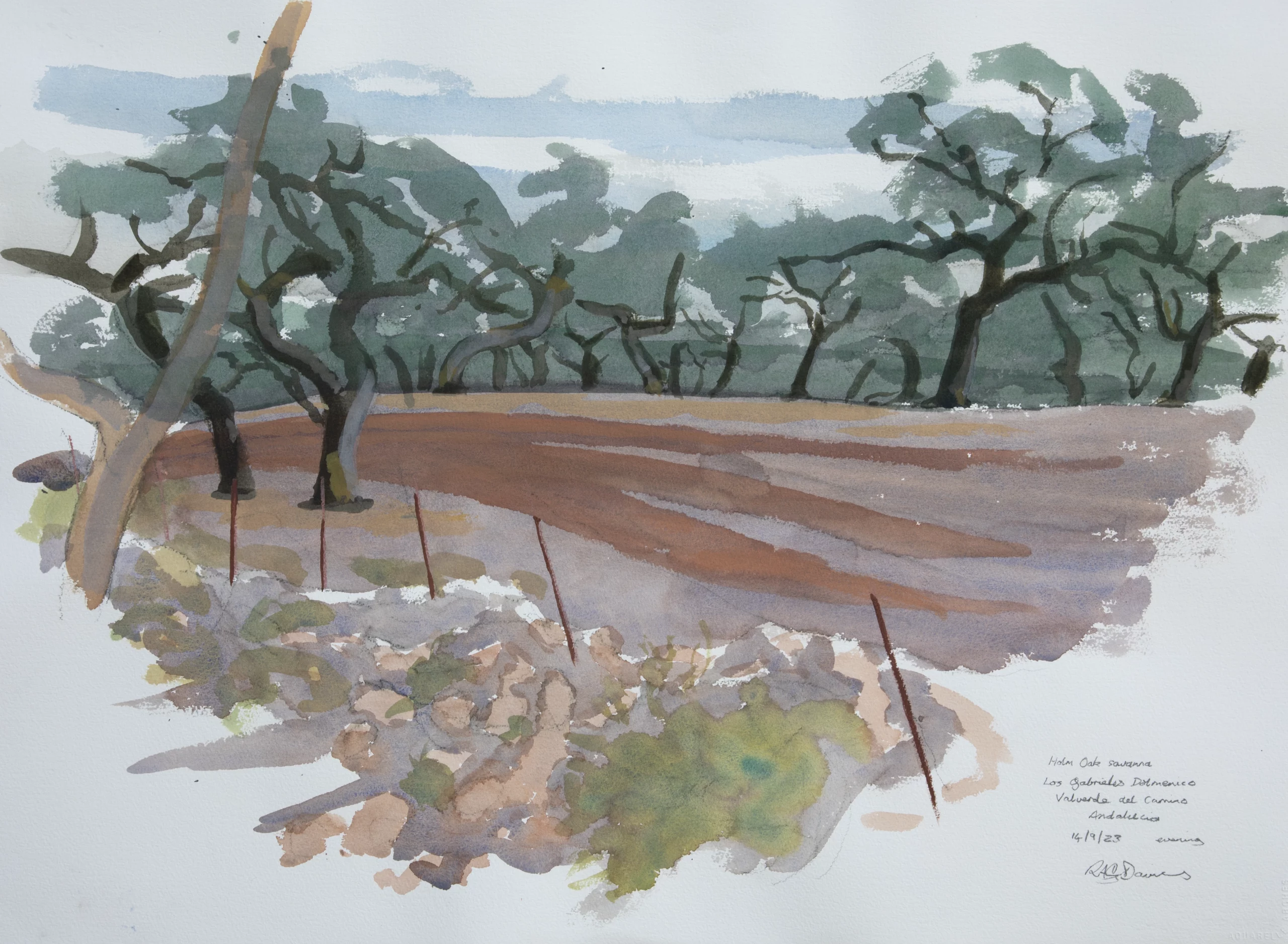
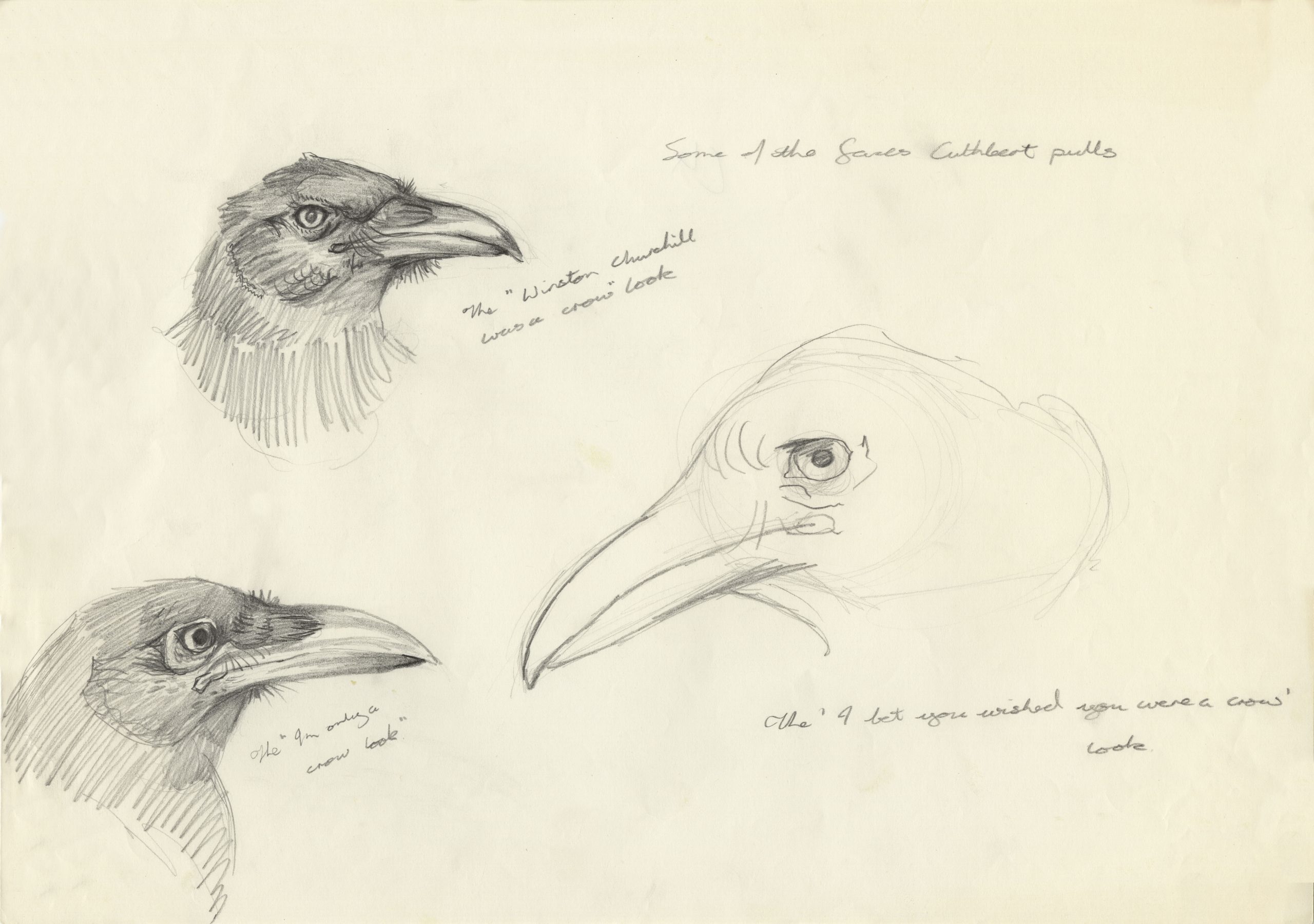
Caring for our menagerie at Llanunwas
At home on our farm at Llanunwas, we usually have some injured wildlife that we look after. There have been owls, hawks of all shapes and sizes, and all the members of the fantastic Crow family passing through our rehabilitation wards in recent years. Thanks to our vet friend, Dr Tom Bailey, for any successes!
We also breed Turtle Doves and Grey Partridges for release into the wild habitats we have recreated on the farm with the help of Sarah and Andy from the Bug Farm. The Welsh Assembly Government allocated some funds to us to restore wild meadows for the flora and insects and to create hedgerow refuges for the Harvest Mice and others. We are encouraged to see Kestrels and Spotted Flycatchers return to breed at Llanunwas.
We can make a difference
Purchase a book, painting or print from one of the following collections, and I will donate 10% of the sale towards one of these four worthy conservation causes.
10% of sales of paintings and prints purchased from the African Raptor collection will support The Peregrine Fund.
10% of sales of books, paintings and prints from the Dehesa collection will support the Vulture Conservation Foundation.
10% of sales of books, paintings and prints from the Karoo collection will support Vulture reintroduction in Karoo.
Sign up for extras
Join in for regular updates by newsletter, and enjoy some extra benefits such as first access to new work, exclusive invites and special offers.
Rob Davies
Rob Davies is an accomplished wildlife and landscape artist. A committed conservationist, his sketches and detailed studies in pencil, pen-and-ink, watercolour and gouache communicate a sense of place and experience and celebrate the natural world.Contact Info
Studio Rookwood Studios, Llanunwas, Solva, Pembrokeshire SA62 6UJ
Tel 07815 874811
rag@rookwoodstudios.com

